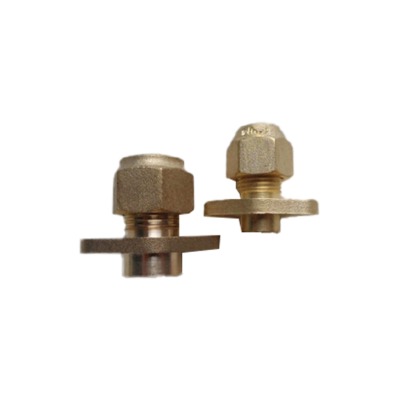Various types of finned heat exchangers are available. They are used for heating, cooling and evaporating liquids. They can be made out of different materials. These exchangers are also used to change the phase of heat. They are usually used in industrial applications, in power, petrochemical and chemical industries.
These heat exchangers are composed of a core tube and a set of fins. The fins may be made out of strip material. They are also shaped in various ways. For example, they can be formed out of rolled plates. In addition, they can be made out of special materials combinations.

Some finned heat exchangers are able to adapt to different operating conditions. They can also increase productivity and efficiency. They are also used in various applications, including refrigeration engineering, chemical engineering and air conditioning engineering. The advantages of finned heat exchangers include their light weight and low pressure drop. They are also highly compatible with reversed gas. They are also used with condensing cooling agents.
Some of the most common types of finned heat exchangers involve round tube plate fins. These heat exchangers are also known as helical fin tubes. They are a very popular form of heat exchangers and have favourable heat-technological properties. However, manufacturing them is often very labour intensive. They also have high material requirements.There are also a number of finned heat exchangers that use Sterling TT extended surfaces. These fins are often shaped by manipulating the wall of a tube.


 English
English 中文简体
中文简体





